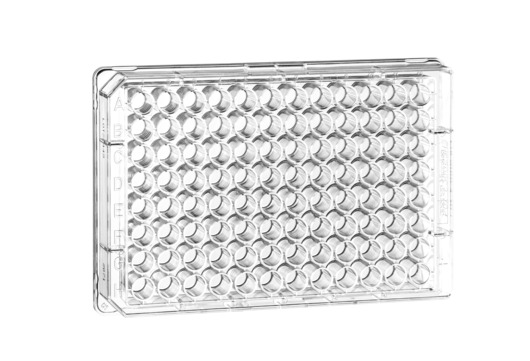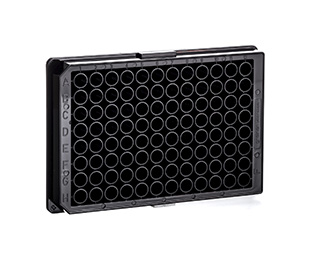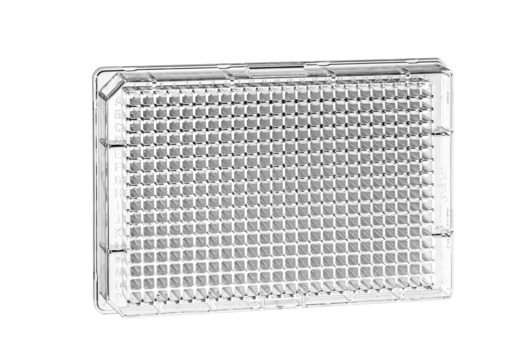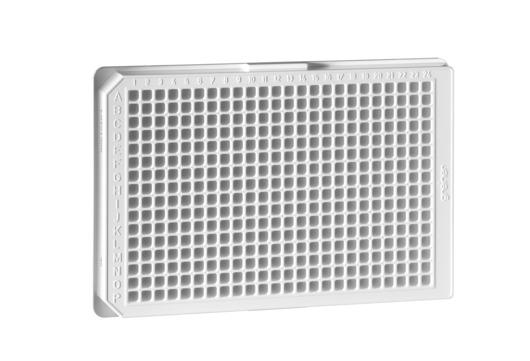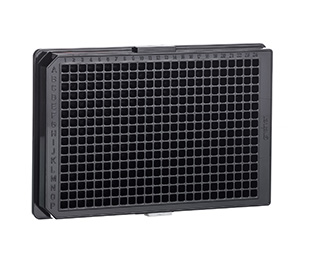STREPTAVIDIN-COATED MICROPLATES
Streptavidin-coated solid phases serve as reliable binding surfaces for all types of biotinylated molecules.
Numerous ligands can be biotinylated simply and due to the low molecular weight of biotin (244 Da) the functionality of the molecules is normally not impaired. Thus streptavidin-coated solid phases make it possible to rapidly isolate, determine and quantify components from a reaction mixture. By immobilising the biotinylated substance, it is also possible to reproduce complete reaction chains on a streptavidin solid phase, e. g. enzyme immunoassays, enzyme activity assays, DNA hybridisation techniques and quantification of PCR products. The high-purity streptavidin is bound to the plate surface in a uniform and stable layer. The coefficient of variation from well to well is under 5 % for 96 well microplates and under 8 % for 384 well microplates.
Productlist
Scientific Publications / PDF, 2 MB
Application Notes / PDF, 451 KB
Scientific Publications / PDF, 479 KB
Scientific Publications / PDF, 2 MB
Scientific Publications / PDF, 3 MB
Application Notes / PDF, 1 MB
Scientific Publications / PDF, 445 KB

